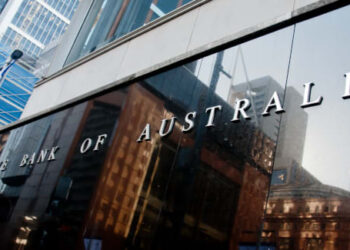Speaking to InvestorDaily, SG Hiscock portfolio manager of the SGH ICE fund Callum Burns said the lack of earnings growth in the broad Australian equities is being driven by a handful of blue-chip companies.
“For the [Australian equities] market in aggregate – since the GFC – there’s been no earnings growth. That sounds incredibly depressing, but it’s a small number of the very large companies that are driving that,” Mr Burns said.
The SG Hiscock ICE fund (which is shorthand for ‘Investing in Companies with more certain Earnings growth’) invests in 40 companies – 80 per cent of which are outside the ASX100 – that have a strong franchise and/or strong economic moat.
The SGH ICE fund, which has $240 million in funds under management, is approaching its 10-year anniversary on 13 February 2016 having delivered 12.16 per cent to investors per annum since inception.
Mr Burns said that while earnings growth has been largely flat for the broader ASX300 index since 2009, the 40 companies in his fund have delivered earnings growth above 10 per cent.
“All you need to do is find 40 out of 1,500 companies that are doing well – and it’s very possible to do,” he said.
“But the days of just buying the index are gone. Or going for ‘index plus two per cent’. The broader picture is that big group [of listed companies] are really not growing earnings well on aggregate, so advisers really need to move further afield.
“Valuation theory says expected return over the long haul equals earnings growth plus dividend yield.
“In days gone by Australian shares used to deliver 6-7 per cent earnings growth and you got a dividend yield of say 4 per cent and you had a double-digit return from the index.
“Whereas these days you’re getting good dividend yields but the earnings growth of the big caps which dominate that is very low,” Mr Burns said.
While the the SGH ICE fund has been more volatile than the ASX300 since inception, it sits at the “bottom end” of small-cap funds when it comes to volatility, he said.
By way of comparison, Mr Burns said the ASX300 saw volatility of 14 per cent over the life of his fund, while ICE recorded 16 per cent volatility and the small ordinaries index saw 20 per cent volatility.







